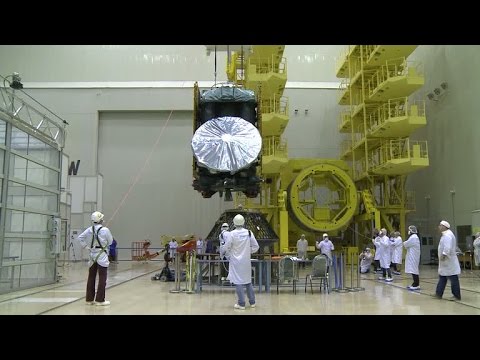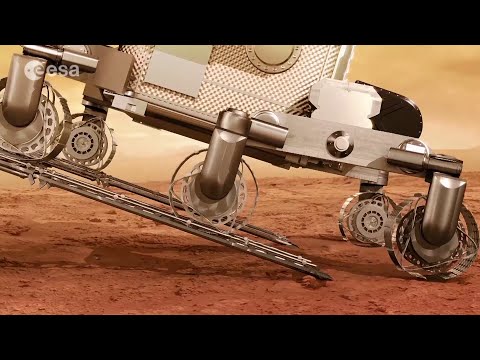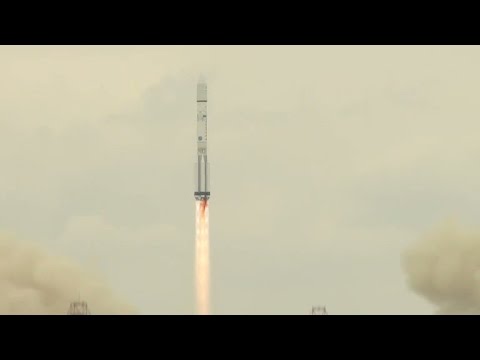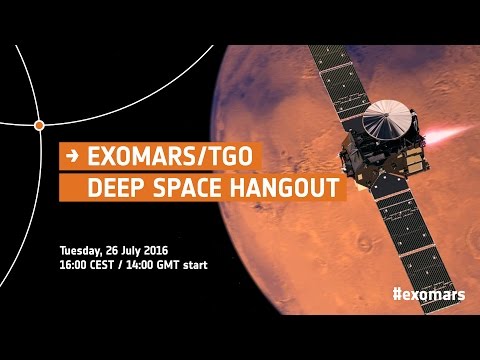ExoMars – A promising future
2016 has been an eventful and promising year for ESA’s ExoMars mission. After successfully placing the Trace Gas Orbiter into Mars’ orbit on 19 October, the orbiter has sent back its first images, tested its instruments and performed in orbit calibration measurements and health checks.
The Schiaparelli lander collected almost all of its expected data before its unexpected crash landing on the Martian surface. Crucial lessons will be learnt from this for the recently approved 2020 ExoMars mission, which will put Europe’s first rover on Mars.
The precise cause of the lander loss is still being investigated but preliminary technical investigations have found that the atmospheric entry and slowing down in the early phases went exactly as planned.
In all, since its launch in March 2016, the ExoMars mission has been a mixture of successes and one unexpected set back. Looking ahead, the Trace Gas Orbiter will start aerobraking in March 2017 to gradually slow down over the following months. By the end of 2017, the orbiter will be in a lower, near circular orbit of 400 kms and ExoMars’ primary science mission can begin.
More about ExoMars:
http://www.esa.int/exomars





Thank you very much for that nice video. I really love everything informative about space keep up the good work! <3
keep up the good work! <3
Botched the Philae landing, crashed on Mars (again) – if i ever go to Mars, ill fly Nasa, thats for sure.
thanks for up to date details we can pass on to our visitors at Estec Noordwijk
Can't they just put one of those Nintendo Switch remotes on the lander. I heard it has an accelerometer in it.
Hope they learned something from Curiosity expedience. Those wheels look damned fragile even in the animation.
NASA' s mars rover 2020 have 75% chance to land but ExoMars rover has only 35% chane to land.
I wish with all my heart that they both succeed in landing on mars .
Please post recent information about TGO. I'm curious because I made MCT LWIR detector for ACS/TIRVIM so I feel involved (a little bit of course)